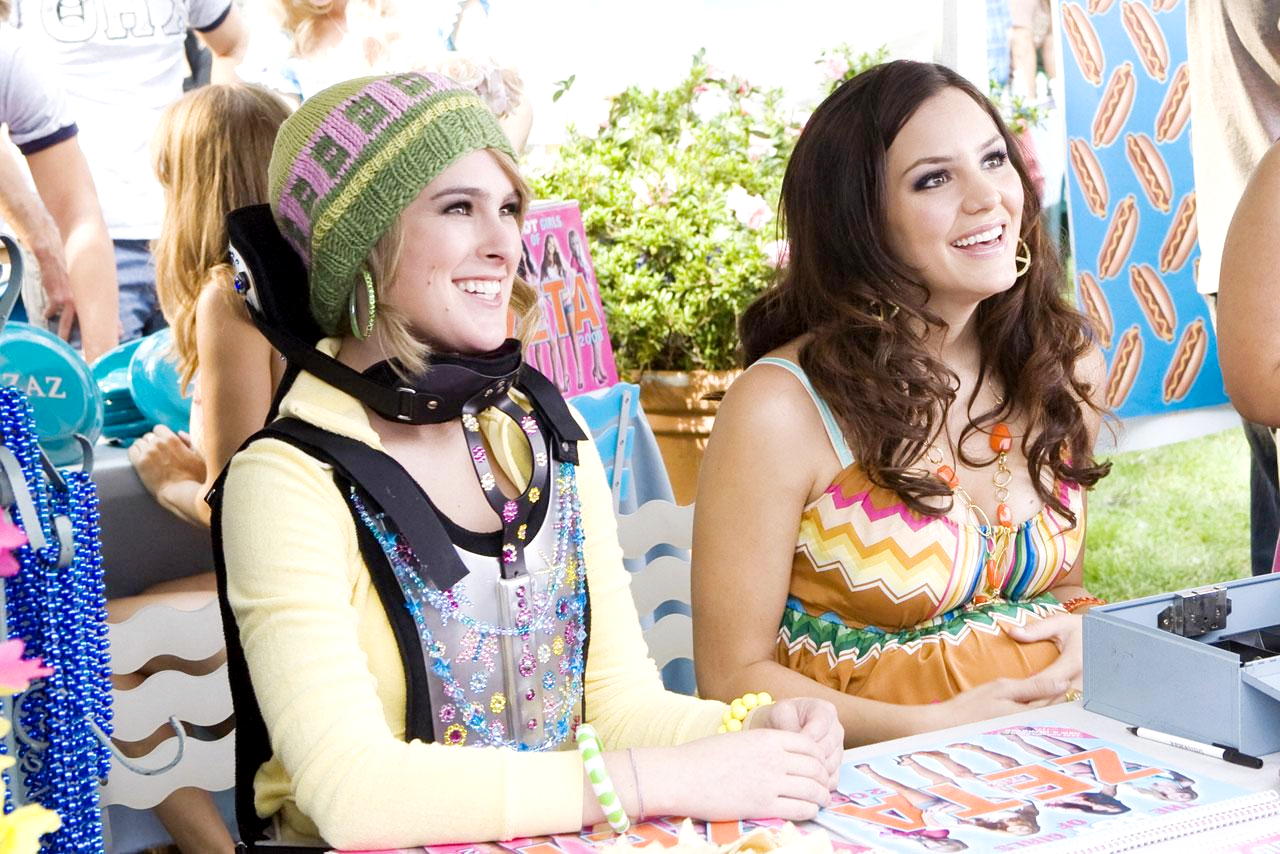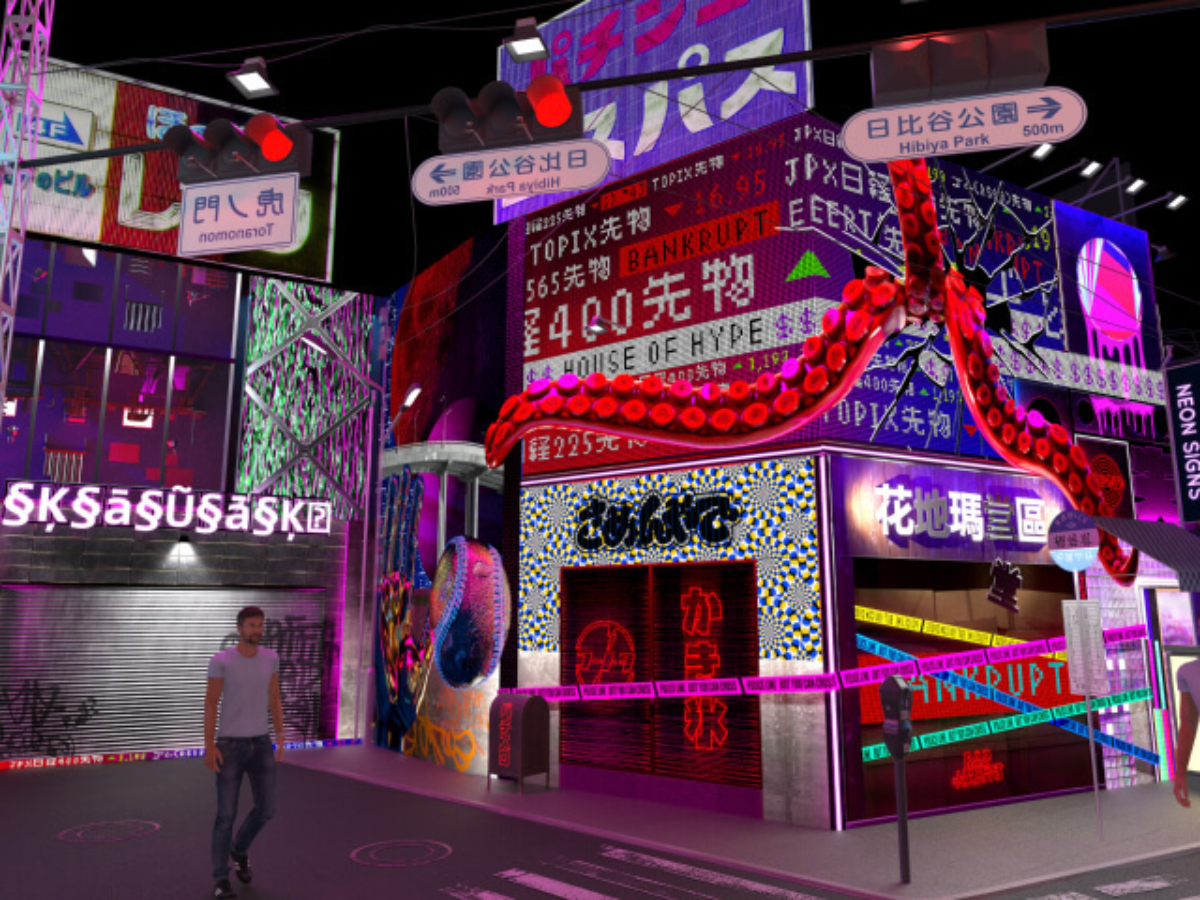Table Of Content
When you purchase a Certificate you get access to all course materials, including graded assignments. Upon completing the course, your electronic Certificate will be added to your Accomplishments page - from there, you can print your Certificate or add it to your LinkedIn profile. If you only want to read and view the course content, you can audit the course for free. Students investigate Python and Jupyter Notebook to analyze real astronomical images in order to calculate the interstellar distance to a star cluster across the Milky Way from our own Solar System. They learn how to write Python code that runs in a Jupyter Notebook so they can determine the brightn... Student pairs design and construct small, wind-powered sail cars using limited quantities of drinking straws, masking tape, paper and beads.
Research Ideas / Explore Possibilities for your Engineering Design Project
Testing and evaluation allows you to see where any improvements are needed. Module 3 focuses on mastering design tools and techniques, covering CAD software, prototyping and simulation basics, and materials selection in design. Students learn how to send signals (such as from buttons or sensors) from one system to another using XBee radio communication modules.
“Engineers operate at the interface between science and society.” – Gordon Stanley Brown
The first engineering design process step is to identify and define the problem. During the definition of a problem, the team considers the constraints such as available knowledge, finance, and resources. It’s important to note that engineers don’t always follow these engineering design process steps in order. Often, they may backtrack to a previous step during the process to make a design change.
Step 5: Prototype
Soar Together @ Air and Space: Design Challenge - National Air and Space Museum
Soar Together @ Air and Space: Design Challenge.
Posted: Mon, 27 Sep 2021 21:32:40 GMT [source]
A design engineer must have the creative ability to come up with novel solutions to engineering problems. Additionally, these solutions should also be in line with the set design requirements and must obey design standards. Of course, depending on the designer’s specific industry, the knowledge requirements can change. It is good practice to identify your interests early on and start developing yourself in those specific skills to get a head start. In doing so, designers develop a broader understanding of the project beyond the core design aspects. Moreover, they can identify potential risks, challenges, and technologies that can help them define a practical way forward.
Students are challenged to design, build and test small-scale launchers while they learn and follow the steps of the engineering design process. For the challenge, the "slingers" must be able to aim and launch Ping-Pong balls 20 feet into a goal using ordinary building materials such as tape, string... Working as if they were engineers, students design and construct model solar sails made of aluminum foil to move cardboard tube satellites through “space” on a string. Working in teams, they follow the engineering design thinking steps—ask, research, imagine, plan, create, test, improve—to design an... Students further their understanding of the engineering design process (EDP) while being introduced to assistive technology devices and biomedical engineering. They are given a fictional client statement and are tasked to follow the steps of the EDP to design and build small-scale, off-road wheelcha...
Use detailed reports, drawings, and more to fully communicate the scope of your work. Step six is when your foundational work comes together and you begin to test everything you’ve accumulated so far. Here, you will develop different models to test your ideas against different sets of criteria and goals. This will provide you with some of the most important data for your project moving forward. As CEO of Harman International Industries, Dinesh Paliwal, points out you should always be looking for new ways to improve. Streamline it, and remove anything you feel would weigh down the project or could be achieved through simpler means.
Educational Knowledgebase
Through rigorous testing, you’ll understand the strengths and weaknesses of your work. Elon Musk himself admits to spending most of his time concerned with problems and their potential solutions. Before you can begin to work on anything tangible, you need to fully understand the nature of the problem and how it will be addressed.
Students follow the steps of the engineering design process to design an improved smartphone case. As if they are materials engineers, they evaluate how to build a smartphone case and study physical properties, chemical properties, and tessellations. Students are challenged to design and build rockets from two-liter plastic soda bottles that travel as far and straight as possible or stay aloft as long as possible. Guided by the steps of the engineering design process, students first watch a video that shows rocket launch failures and then partic... Students follow the steps of the engineering design process to create their own ear trumpet devices (used before modern-day hearing aids), including testing them with a set of reproducible sounds. Students are asked to design a hockey stick for a school’s new sled hockey team.
Then, they disassemble the toys and draw the actual inner mechanisms. The scientific method is reviewed and reinforced with the use of controls and... There are always many good possibilities for solving design problems. If you focus on just one before looking at the alternatives, it is almost certain that you are overlooking a better solution.
Students are given a fictional client statement (engineering challenge) and directed to follow the steps of the EDP t... In this two-part activity, students design and build Rube Goldberg machines. This open-ended challenge employs the engineering design process and may have a pre-determined purpose, such as rolling a marble into a cup from a distance, or let students decide the purposes.
In this comprehensive guide, we’ll walk you through each stage of this process, shedding light on best practices, effective strategies, and tools. Students practice human-centered design by imagining, designing and prototyping a product to improve classroom accessibility for the visually impaired. Student teams follow the steps of the engineering design process to formulate their ideas, draw them by hand and using free, online Tinkercad softwa... Students act as engineers to solve a hypothetical problem that has occurred in the Swiss Alps due to a natural seismic disaster. Working in groups, they follow the engineering design process steps to create model sleds that meet the requirements to transport materials to people in distress that live... Students learn about health risks caused by cooking and heating with inefficient stoves inside homes.

As the first engineering design challenge of the unit, students are introduced to the logic for solving a maze. Student groups apply logic to program LEGO® MINDSTORMS® EV3 robots to navigate through a maze, first with no sensors, and then with sensors. While these steps are not covered in this activity, a visual aid is provided for review. It is time to see If our prototype receives a positive evaluation based on the standards that we had set. If so, we are now ready to test its performance in real circumstances. This might be the most rewarding yet nerve-wracking stage of the engineering design process.
If your project involves making observations and doing experiments, you should probably follow the Scientific Method. If your project involves designing, building, and testing something, you should probably follow the Engineering Design Process. If you still are not sure which process to follow, you should read Comparing the Engineering Design Process and the Scientific Method. After we understand our project need and our target population, we will identify our project's requirements and constraints. A requirement is a need or a necessity; it's what a particular product or service should do.
The Engineering Design Process is a series of steps that engineers undertake to elaborate a solution of a problem. Some of the factors you should consider while choosing a manufacturer for engineering design include manufacturing capabilities, quality of service, cost, material availability, and customer service. A common example of DFM analysis is the usage of filleted internal corners, removal of deep and narrow slots, and avoiding thin walls in CNC machining to ensure better surface quality and minimal tool wear. This does not change anything about product utility, but it drastically decreases part rejections, cycle times, and material wastage. Engineers use engineering drawings to consolidate and communicate all this information within and across teams.























